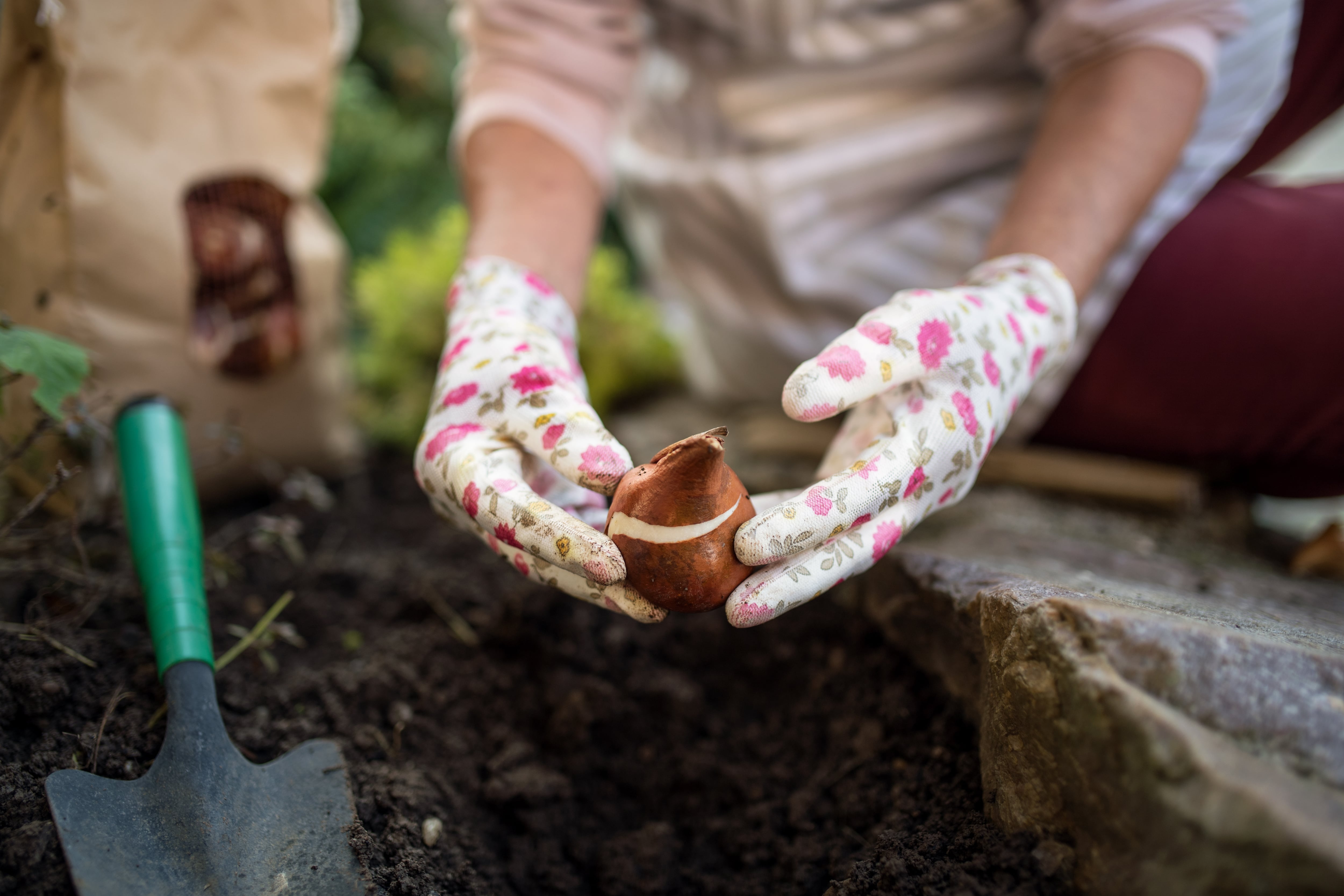Q: About 12 years ago, I converted my rear garden into a series of timber raised beds (using Hart’s ‘Forest Garden’ layers method – fruit trees underplanted with vegetables). The timber has now reached the end of its natural life and needs to be replaced. I am considering using either railway sleepers or new wood that has been impregnated with wood preservative. I understand that some long-life timber is injected with a copper solution that is potentially toxic. What would you (not) recommend? TD, Co Down
A: The late, pioneering British smallholder, forest gardener, philosopher, vegan and author Robert Hart’s method of food growing is a planet-friendly one, that places the focus firmly on the sustainable production of a range of organically grown fruits, leafy vegetables, herbs and nuts using a long-lived mix of trees, woody shrubs and perennial species. Hart recommended growing these in a series of layers that mimic those of a natural deciduous woodland with the upper tree canopy and shrubby layers to the top, the lower-growing layers of perennials and ground cover plants to the bottom, tuberous species beneath the ground and a vertical layer of climbers scrambling up through taller plants.
Unfortunately, and as you’ve discovered, the disadvantage of creating such a garden using raised beds retained with timber is that the latter’s natural lifespan means that it inevitably needs to be replaced anywhere between 10-30 years after construction. Depending on how large and high the beds are, I’d also be a little concerned about the spreading root systems of established trees and shrubs eventually making your timber-edges beds unstable. That’s not really a worry if the beds are only slightly raised but anything more than 30cm could be, which is something to consider.
All that aside, you’re right to be concerned about the possibility of any replacement timber you use being pretreated with chemicals including insecticides and preservatives to protect it against decay and insect attack. On the other hand, of course, for those very same reasons, any untreated timber you do use will deteriorate more quickly.
READ MORE
For centuries, traditional railway sleepers, for example, were made from long-lasting oak, or pine impregnated with creosote, a tarry substance that helped to protect them against decay but is now classed as a carcinogen, meaning it shouldn’t be used in a kitchen garden where there’s a risk of repeated close skin contact. In comparison, modern railway sleepers are made of dense, naturally long-lasting tropical hardwoods, beech, oak and pine (a softwood) and are either left untreated, or tannalised, where the timber is pressure-treated using a mix of chemicals approved for use in this process.
While it has been chemically treated, tannalised timber is considered safe to use in a kitchen garden and will last a lot longer than untreated timber. That said, my own preference would still be to use either an untreated timber (cedar, larch or untreated hardwood railway sleepers) or to consider the much longer-lasting option of a retaining edge made from bricks or blockwork, which will last for many decades.
















